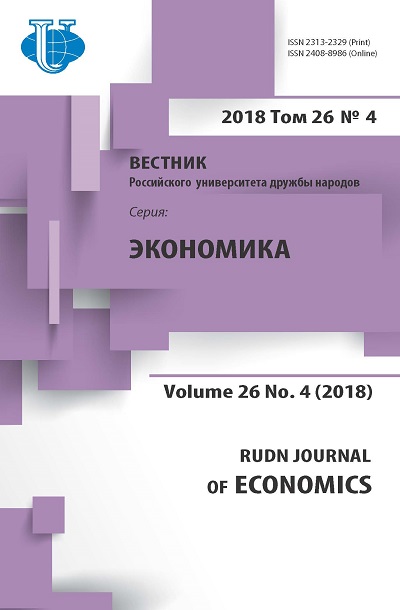Abstract
The problem of Serb population in Republic of Slovenia is a paradigm of all the problems that have arisen with the dissolution of the Socialist Federal Republic of Yugoslavia. Political and geographic processes during this disintegration led to the creation of new political and territorial subjectivities, with significantly changed conditions of ethno-cultural and ethno-demographic development. Serbs who lived in the same country now are living in Diaspora with limiting institutional framework of development. The contemporary ethno-demographic position of Serbs in Slovenia is conditioned by numerous regional (Balkan) and local determinants. The number of Serbs, territorial arrangement, their awareness of ethnic affiliation, mutual relations within the community, relations with the country in which they live, relations with the states they came from, all together with the influences of surroundings, are essential elements of their position in Slovenia. This position was different in different historical epochs and required different forms of action to preserve the ethnic identity of this community. Serbs in Slovenia went from constituency and equality to ignorance and eradication, they have not been officially recognized as minority, although the existence of an indigenous community in Bela Krajina presents a historical basis for their better status. Minority status is very important, although for the preservation and development of national and cultural identity is not decisive. Namely, apart from legal regulations, stable and favorable social and political circumstances are needed to preserve the identity of each minority.















